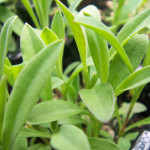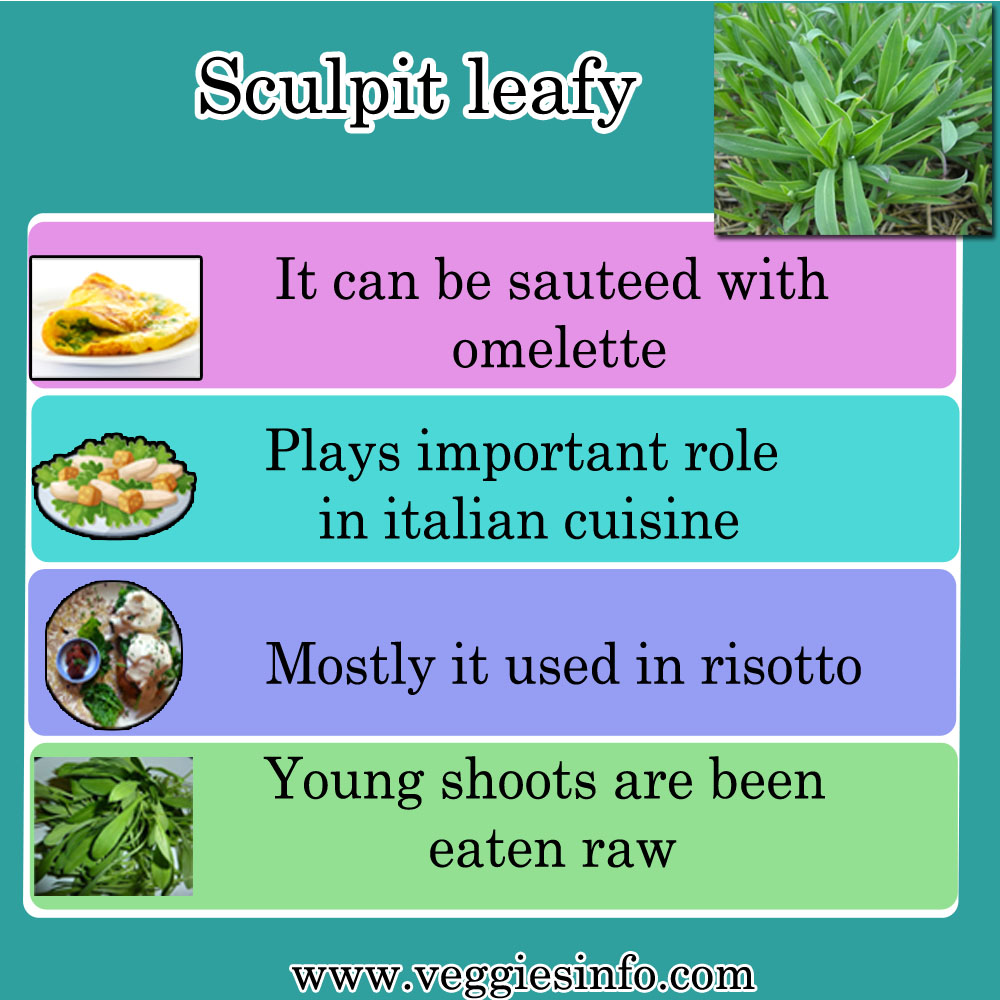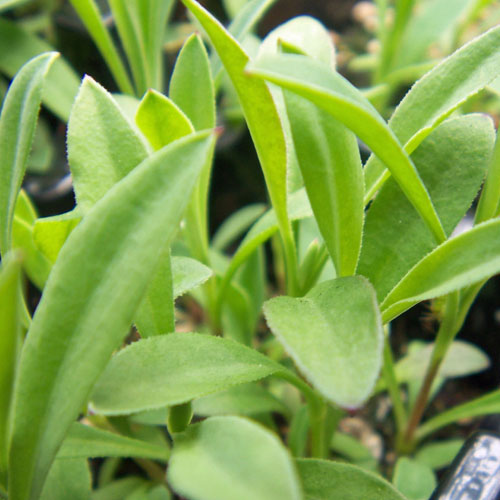Sculpit
No slides are available in this gallery
Plant species are of different types and plays an important role in the earth. It is imperative to note that there more than five hundred species of carnivorous plants that traps the insects and flies in their rolled leaves. These are called monster plants. The five trapping mechanisms are pitfall traps, flypaper traps, snap traps, bladder traps and lobster-pots. This topic will deal with a plant named sculpit which is also called as bladder campion. or maidenstears. The botanical name of this plant is silene inflanta.
Aspects Of Sculpit

Health Benefits Of Sculpit
Sculpit is native to Europe and considered as a weed plant in North America. The name originates from Italy where the Italians use this plant as an aromatic herb to flavors like salads, egg dishes and risotto. The flavor is somewhat like chicory and other herbs. It is hardy little plant which has beautiful flowers and grows through the year. This plant has ornamental flower and thus it is grown in home gardens and open spaces. The plants grow slowly in the first year and after the second year the farmers can expect rapid growth. But once it grows the leaves have a thick foliage and beautiful plant. These plants can be found on the edge of crop fields, in forest and mountain pastures.
Various Uses
- The young shoots and leaves were consumed by some countries in Mediterranean region.
- The tender leaves can be eaten raw and the older leaves are usually eaten after boiling.
- It can be sautéed with omelets.
- It plays an important part in Italian cuisine.
- The Italians use the leaves as an ingredient in risotto.
- Sculpit is used in many European countries like Spain, Cyprus and Crete.
- Sculpit is a member of silene family. This plant grows well in cold temperatures and loves full sunlight.
Medicinal Uses
- Sculpit (Paronychia argyrocoma) is a medicinal herb native to Europe, North Africa, and parts of Asia. It belongs to the Caryophyllaceae family and is widely used in traditional medicine.
- In traditional herbal medicine, sculpit is typically used as an anti-inflammatory and diuretic agent. It has been used to treat various conditions such as inflammation, joint pain, rheumatism, gout, and urinary tract infections.
- It is also believed to have antioxidant and antispasmodic properties.
- Sculpit is also used externally to treat skin conditions such as eczema, psoriasis, and fungal infections. The herb is usually applied topically in the form of a paste or ointment.
- Sculpit is also thought to have anti-cancer properties and is sometimes used as part of a cancer treatment regimen.
- In addition, it is believed to help reduce fatigue and improve overall energy levels.
- In traditional Chinese medicine, sculpit is sometimes used to treat digestive issues such as bloating, indigestion, and diarrhea. It is also used to treat respiratory issues such as asthma, bronchitis, and coughs.
Benefits of Sculpit Leafy

Health Benefits Sculpit Leafy
(Visited 797 times, 1 visits today)
